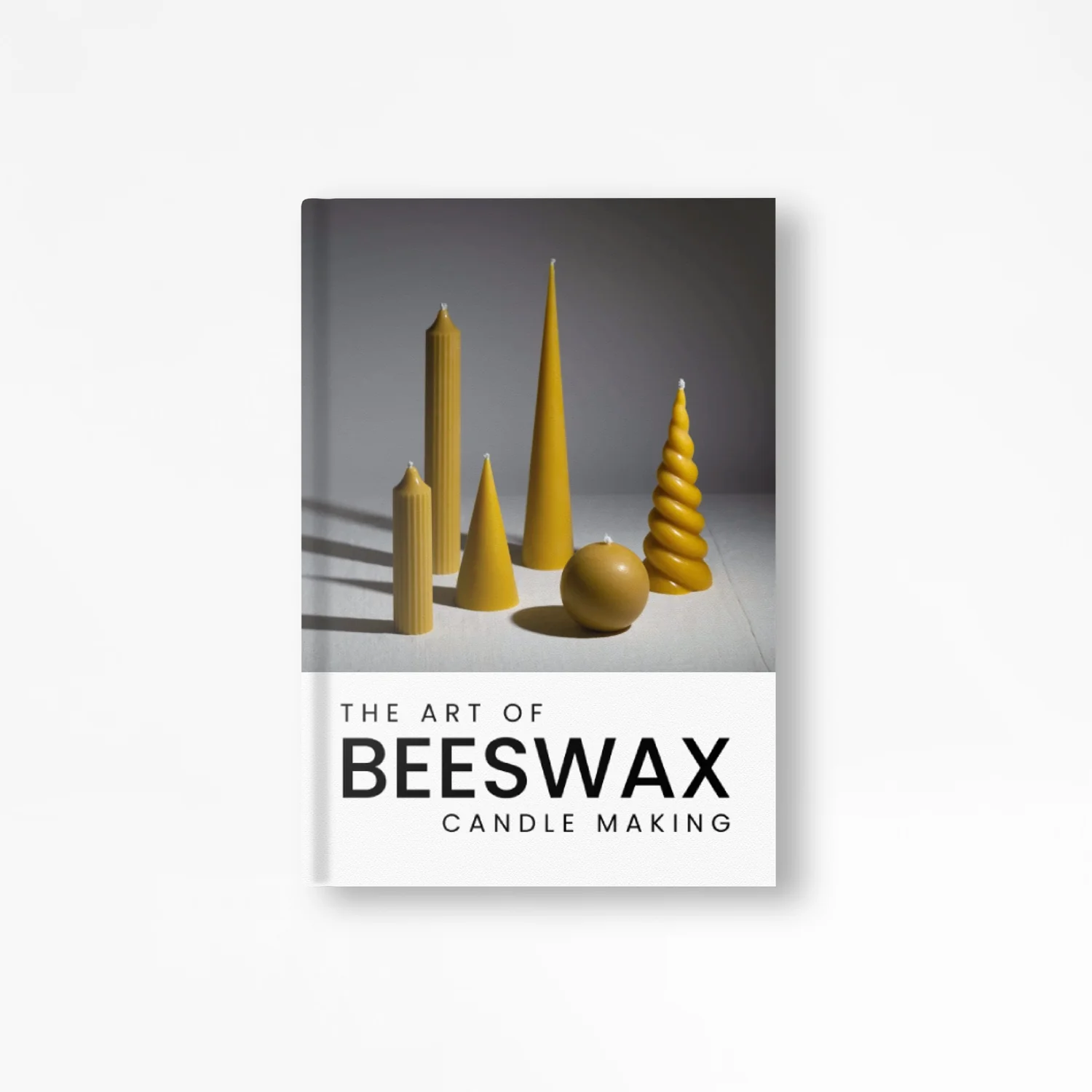Unlike humans, who primarily rely on sight and hearing, bees are olfactory virtuosos, and this section will uncover the intricacies of their olfactory wonders.
The bee's antennae play a crucial role in this symphony of scents. These delicate structures are equipped with specialized receptors that can detect a myriad of odors, from the sweet perfume of flowers to the pheromones that communicate within the hive. As we delve into the bee's olfactory prowess, prepare to be amazed by the sophistication of nature's own "nose."
Floral Fantasia: Bees and Flower Scents
One of the most enchanting aspects of bees' olfactory abilities is their relationship with flowers. The intricate dance between bees and blooms is orchestrated by scent, a language that guides these pollinators to nectar-rich treasures. This section will explore how bees use their sense of smell to navigate the floral fantasia that sustains their colonies.
Bees can distinguish between various floral scents, identifying specific flowers by their unique olfactory signatures. The intricate connection between bees and flowers goes beyond visual allure, showcasing the depth of communication that happens through aromatic cues. Join us on a fragrant journey into the heart of pollination, where bees' keen sense of smell ensures the continuation of life.
Communication through Pheromones
Within the hive, communication is not conducted through spoken words but through pheromones—a chemical language that bees have mastered. This section will delve into the world of bee pheromones and how their sense of smell plays a pivotal role in maintaining the harmony and order of the colony.
From signaling danger to indicating the location of a rich nectar source, pheromones are the glue that holds the hive together. The active voice of the bee's olfactory communication is a testament to the intricate social structure within the colony, where every bee plays a role in the collective welfare.
Detecting Danger: Bees as Nature's Watchdogs
Bees are not just pollinators; they are also nature's vigilant guardians. Their keen sense of smell is a powerful tool for detecting danger. This section will explore how bees use their olfactory prowess to identify predators, such as wasps or bears, and mobilize the hive in a synchronized defense strategy.
The active voice of their olfactory system alerts the entire colony to potential threats, allowing them to respond swiftly and collectively. The dance of danger detection is a mesmerizing display of how bees' sense of smell is not only about finding food but also about ensuring the safety and survival of the hive.
Foraging Expeditions: Navigating the Scented Landscape
Foraging is a central activity in a bee's life, and their success depends on their ability to navigate a scented landscape. This section will unravel the secrets of how bees use their sense of smell to locate floral resources, distinguish between scents, and communicate the location of abundant nectar and pollen to their fellow foragers.
Transitioning from one floral source to another, bees showcase a remarkable ability to follow scent trails, demonstrating the dynamic and active role of their olfactory system in the quest for sustenance. Join us on a foraging expedition and witness firsthand the marvel of bees as nature's expert navigators.
Saving the Queen: Olfactory Royalty in the Hive
Within the intricate hierarchy of the hive, the queen bee holds a special status. Her pheromones are a beacon of authority and unity, ensuring the cohesion of the colony. This section will shine a spotlight on the queen bee's olfactory role and how her unique scent governs the social dynamics within the hive.
The active voice of the queen's pheromones influences everything from reproductive behavior to the loyalty of the worker bees. It's a tale of olfactory royalty, where the queen's scent is the essence of hive harmony and prosperity.
Medical Marvels: Bees in Human Health
Beyond their roles in nature, bees' sense of smell is finding application in the human world, particularly in medical research. Researchers are exploring how bees can contribute to the early detection of diseases and conditions, leveraging their remarkable olfactory abilities.
One fascinating avenue is the potential for bees to detect human pregnancy. Preliminary studies suggest that bees can be trained to recognize specific chemical changes associated with pregnancy. Their ability to sense volatile organic compounds (VOCs) linked to pregnancy opens up the possibility of non-invasive, early pregnancy detection.
Moreover, bees show promise in identifying diseases such as certain types of cancer. The active voice of their olfactory system, finely tuned to detect subtle scent changes, could be a game-changer in early disease diagnosis. Imagine a future where bees contribute to our understanding of health, offering a unique perspective through their extraordinary sense of smell.
Conclusion: The Symphony of Scents
As we conclude our exploration into the bee's sense of smell, we stand in awe of nature's olfactory symphony. From floral fantasia to danger detection, bees' olfactory prowess is a testament to the richness and complexity of the natural world.
May this journey through the active voice of bees' sense of smell inspire a deeper appreciation for the tiny wonders that shape our ecosystems. The nose of nature, embodied in the humble bee, continues to unfold its secrets, inviting us to marvel at the intricacies of scent-driven survival and communication.
Continue to cherish the scented landscapes around you, and may the buzzing symphony of bees always remind you of the olfactory wonders that dance through the tapestry of nature.
----
Photo by Aaron Burden on Unsplash










